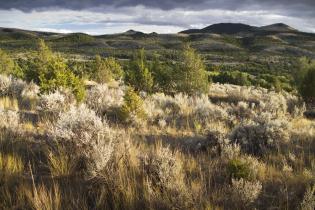Search
Program
Southwest Rivers Program
The Southwest Rivers Program was formed through a partnership by the National Fish and Wildlife Foundation (NFWF), public agencies and corporations to develop new strategies and provide additional resources to existing efforts that address the pressing conservation needs of the region. The program is currently focusing on three watersheds; the Pecos watershed in eastern New Mexico and West Texas, the Rio Grande in New Mexico and southern Colorado, and the Colorado River watershed in Arizona, Nevada, New Mexico, and Utah.Image
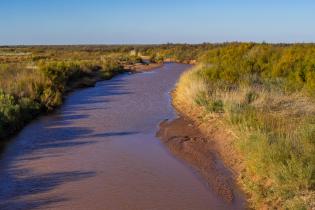
Program
Sustain Our Great Lakes Program
Sustain Our Great Lakes is a public–private partnership designed to sustain, restore and protect fish, wildlife and habitat in the basin by leveraging funding, building conservation capacity, and focusing partners and resources toward key ecological issues. The program achieves this mission, in part, by awarding grants for on-the-ground habitat restoration and enhancement.Image
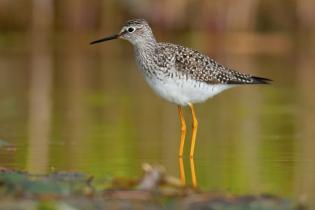
Program
Texas Gulf Coast Water Flows Initiative
The Texas Gulf Coast Water Flows program works to increase freshwater flows into Texas bays and estuaries through strategic development of voluntary water transactions in three Gulf coast watersheds.Image
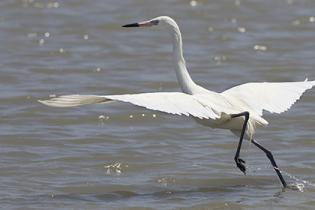
Program
Walker Basin Restoration Program
The Walker Basin Restoration Program was established by Congress in October 2009. The Program’s primary purpose is to restore and maintain Walker Lake, and to protect agricultural, environmental and habitat interests in the Walker River Basin. Walker Lake is a natural desert lake in Nevada at the terminus of the Walker River Basin which includes lands in Nevada and California.Image
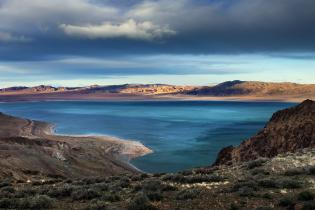
Program
Working for Wildlife
The Initiative will take advantage of timely opportunities to maintain and restore habitat connectivity between the Cascade Mountains and Kettle River Range in Washington for Canada lynx, Columbian sharp-tailed grouse, and mule deer.Image
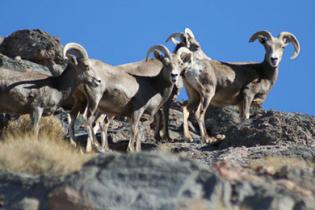
Program
Wyoming Golden Eagle Fund
The Wyoming Golden Eagle Fund (the Fund) is an environmental grant program for golden eagle conservation projects in the state of Wyoming. The Fund was established with funds directed to NFWF pursuant to the judgement set forth in U.S. v. Duke Energy Renewables, Inc., and the Migratory Bird Compliance Plan established in connection with the judgement.Image
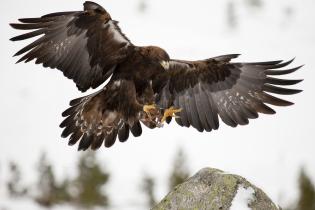
Program
Hawaiian Forest Birds
The Hawaiian Forest Bird Program focused on strategic investments to secure populations of three species—palila, Maui parrotbill and Nihoa millerbird, with an ancillary goal of applying lessons learned through focused recovery of these species to additional threatened Hawaiian forest bird species. In 2009, NFWF and partners developed the Hawaiian Forest Bird business plan for the conservation of Hawaiian forest birds to mitigate pervasive threats over a 10-year period.Image
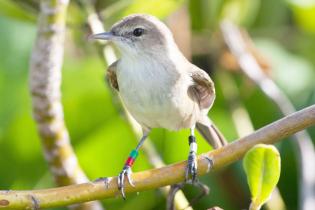
Program
RESTORE Colorado Program
RESTORE Colorado funds at-scale habitat restoration and stewardship projects on public and private conservation lands in Colorado that have the greatest benefit for wildlife and local communities. RESTORE Colorado is a partnership among NFWF and Great Outdoors Colorado, the Gates Family Foundation, Colorado Department of Natural Resources, Colorado Parks and Wildlife and the Colorado Water Conservation Board.Image

Program
Partners for New Hampshire’s Fish and Wildlife
Partners for New Hampshire’s Fish and Wildlife is a partnership between Eversource and the National Fish and Wildlife Foundation dedicated to restoring and sustaining healthy forests and rivers in New Hampshire. Eversource, through its subsidiary Northern Pass Transmission LLC, has committed $3 million to the partnership. NFWF has committed an additional $1.5 million. These funds may be further leveraged by other public and private sources that are anticipated to flow to the program.Image
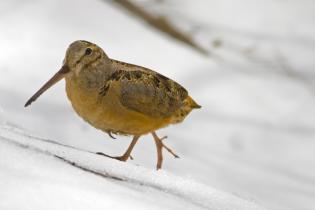
Program
Pulling Together Initiative
Invasive plants represent a significant threat to the ecology and economy of the United States. They degrade millions of acres of critical wildlife habitat and cause billions of dollars in damage to farms and ranches each year. They can outcompete native species, alter food chains, and reduce biodiversity. NFWF sought to prevent, detect, or control invasive and noxious plants through a coordinated program of public/private partnerships. It also aimed to increase public awareness of the adverse impacts of invasive and noxious plants.Image
